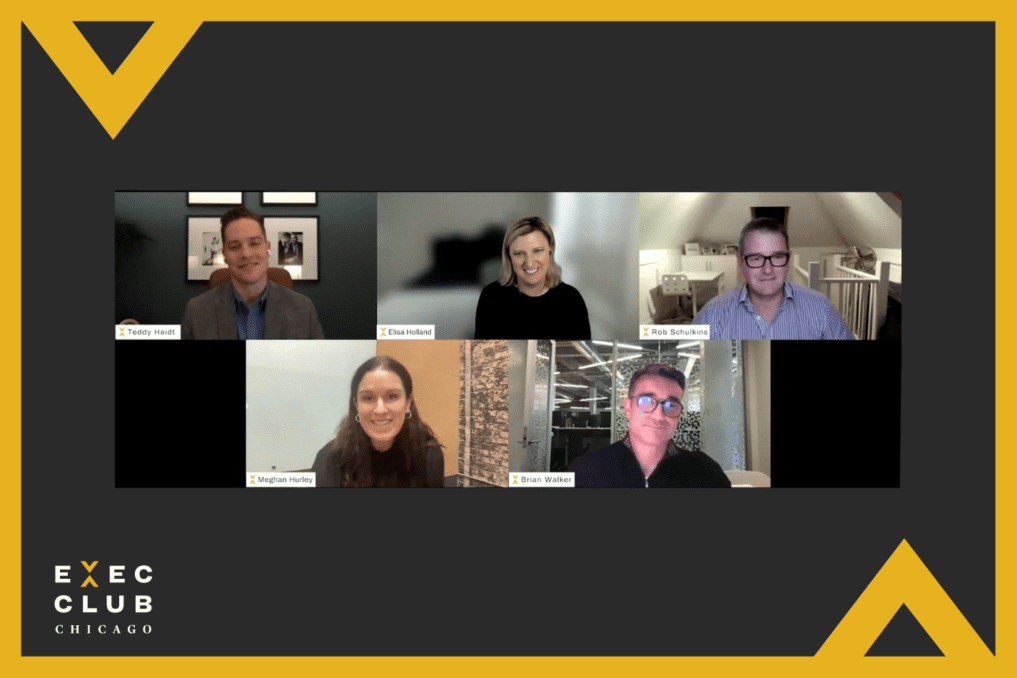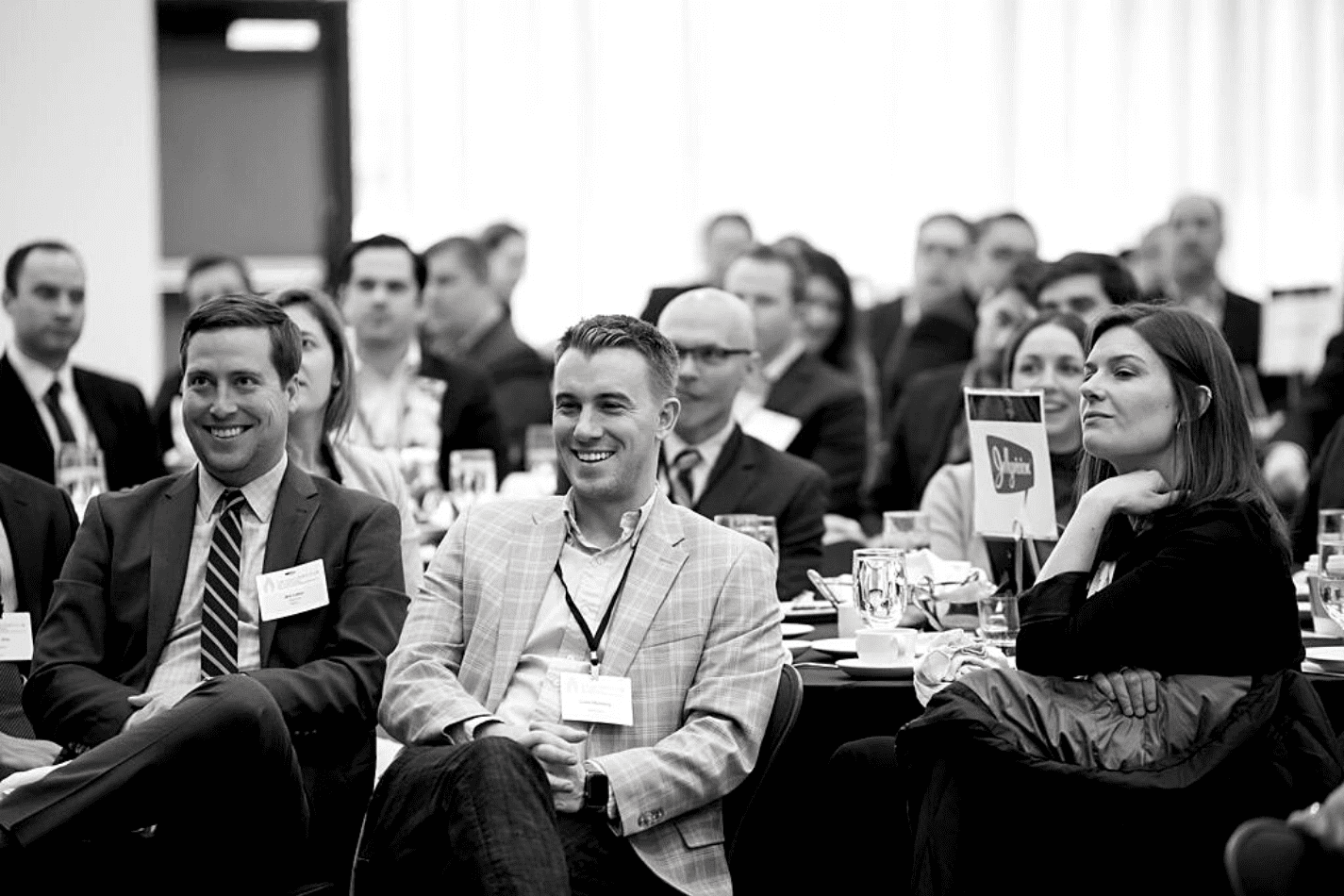
Digital Disruption and Customer Experience — How to Emerge Victorious
February 10, 2022

Panelist
Elisa Holland
Managing Director, Innovation Labs, KPMG Ignition

Panelist
Meghan Hurley
Vice President of Marketing, Farmer's Fridge

Panelist
Rob Schulkins
Global Head of Digital Services, HH Global

Panelist
Brian Walker
Vice President, Chief Product Officer, Grainger

Moderator
Teddy Heidt
Founder & CEO, The Gauge Collective

